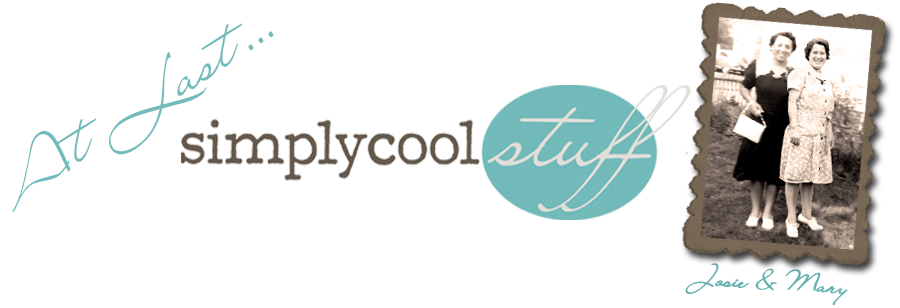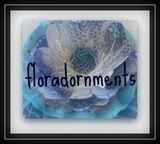
Hazel Ware Capri, Dots pattern, 1960's
Ovide pattern (1923 - 1935)

Starlight pattern (1938 - 1940)
Ribbon pattern (1932)

Hairpin pattern (1936-1940)

Colonial Block pattern (1920's - 1930's)

Beehive pattern (1950's)


Newport pattern (1936 - 1940)

Moderntone pattern (1934 - early 1950's)

Hazel Ware Capri, Colonial Swirl pattern, 1960's
A myriad of colors were introduced such as Sunset Pink, yellow, Ritz Blue, amethyst and opaque white glass (similar to the milk glass popularized during the Victorian era). Hazel Atlas colors were distinguishable from other glass companies with trademarks and patents on several designs. Despite the variety of colors available, the most popular continued to be clear, green and Platonite (a process whereby color was essentially sprayed over opaque white glass). The 'HA' mark was first used in 1923 on the undersides of glassware, represented with the letter 'A' nestled under the letter 'H'.
Hazel Atlas' success made them one of the few publicly traded companies to pay a stock dividend during the Great Depression of the 1930's. The company remained in business until it was bought out by the Continental Can Company in 1956, with a line of Hazelware produced until 1963. You may find this awesome vintage Made in the USA glassware just about anywhere - beginning in your mom's or grandma's basements.... Have fun using and decorating with this happy Depression Glass from Hazel Atlas, guaranteed to make you smile!


















No comments:
Post a Comment